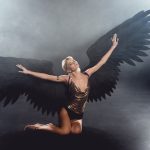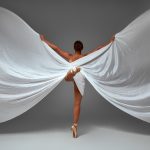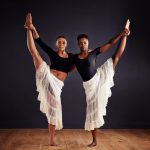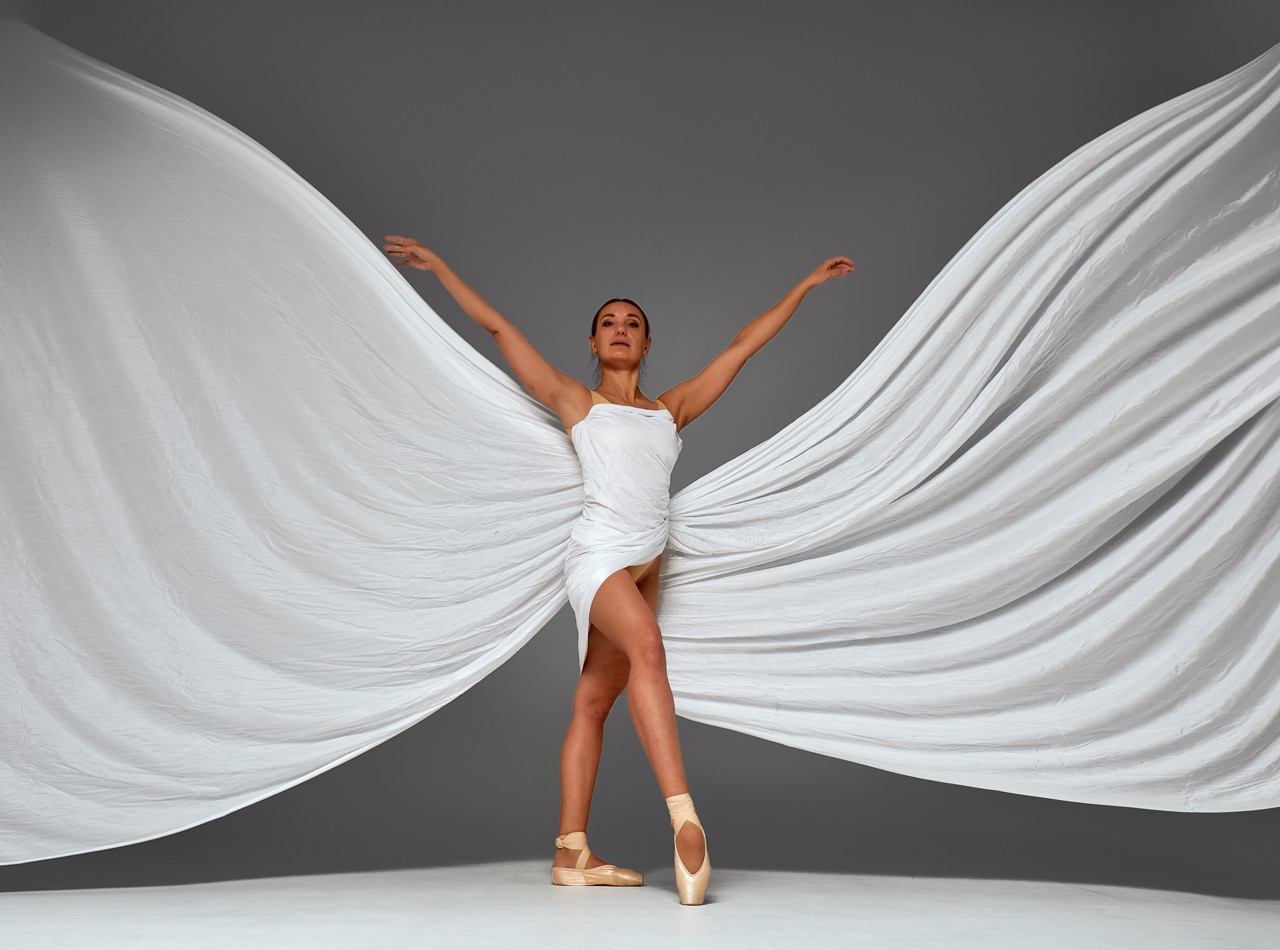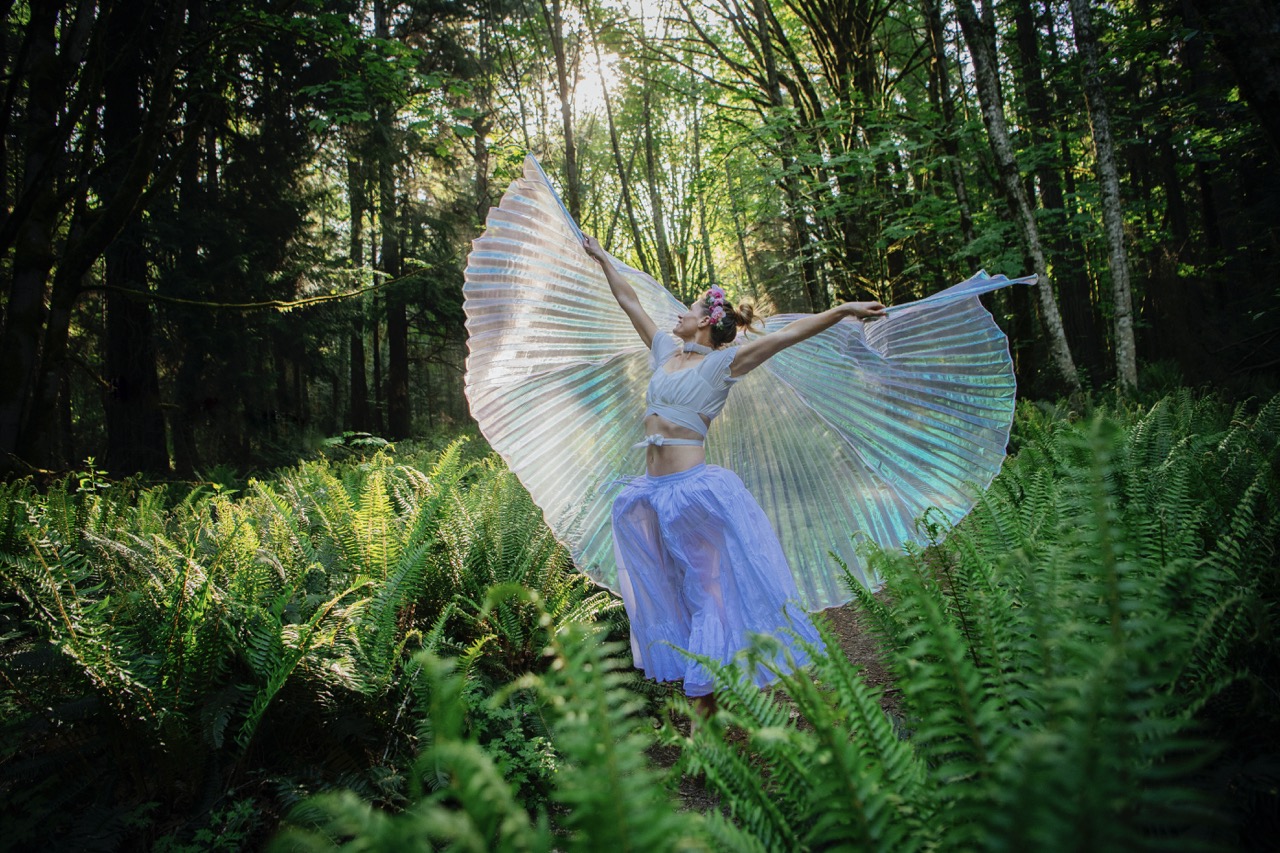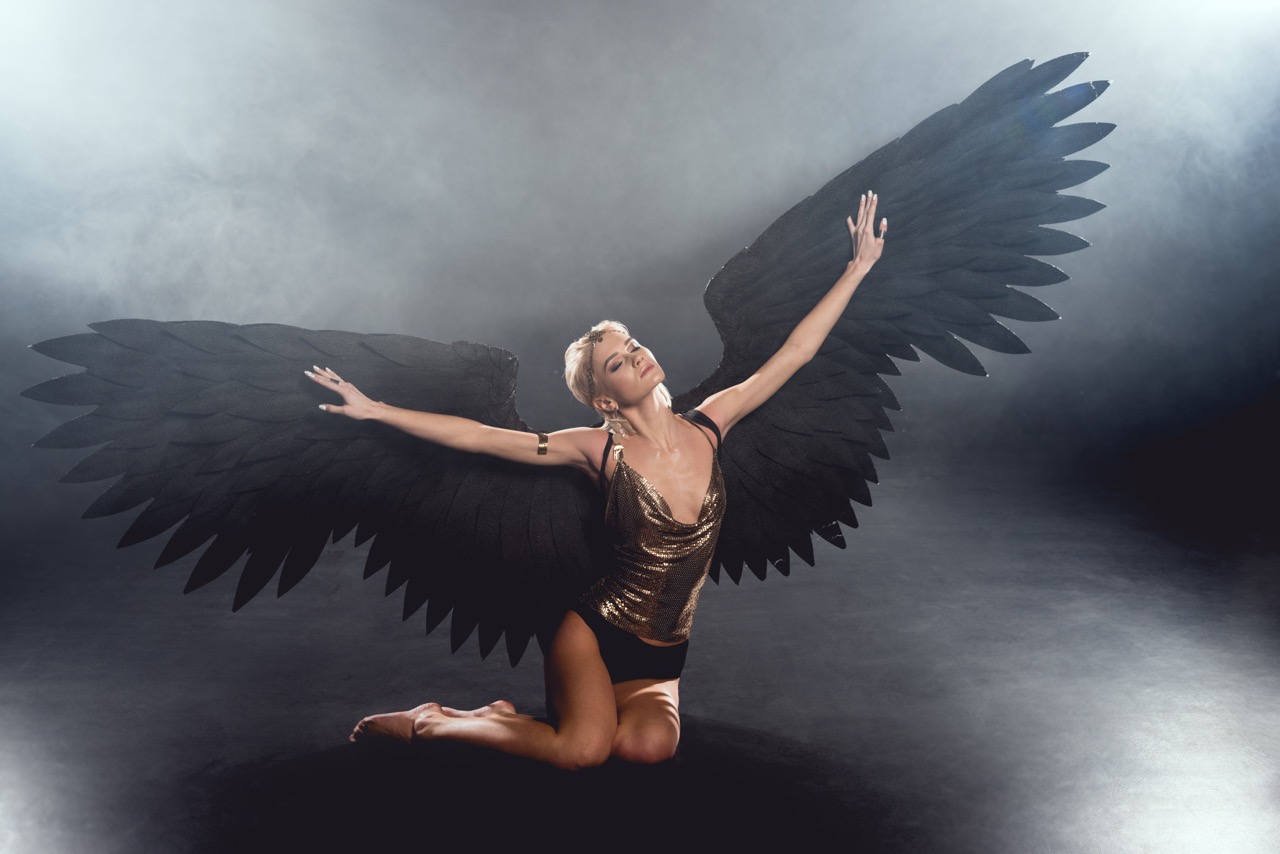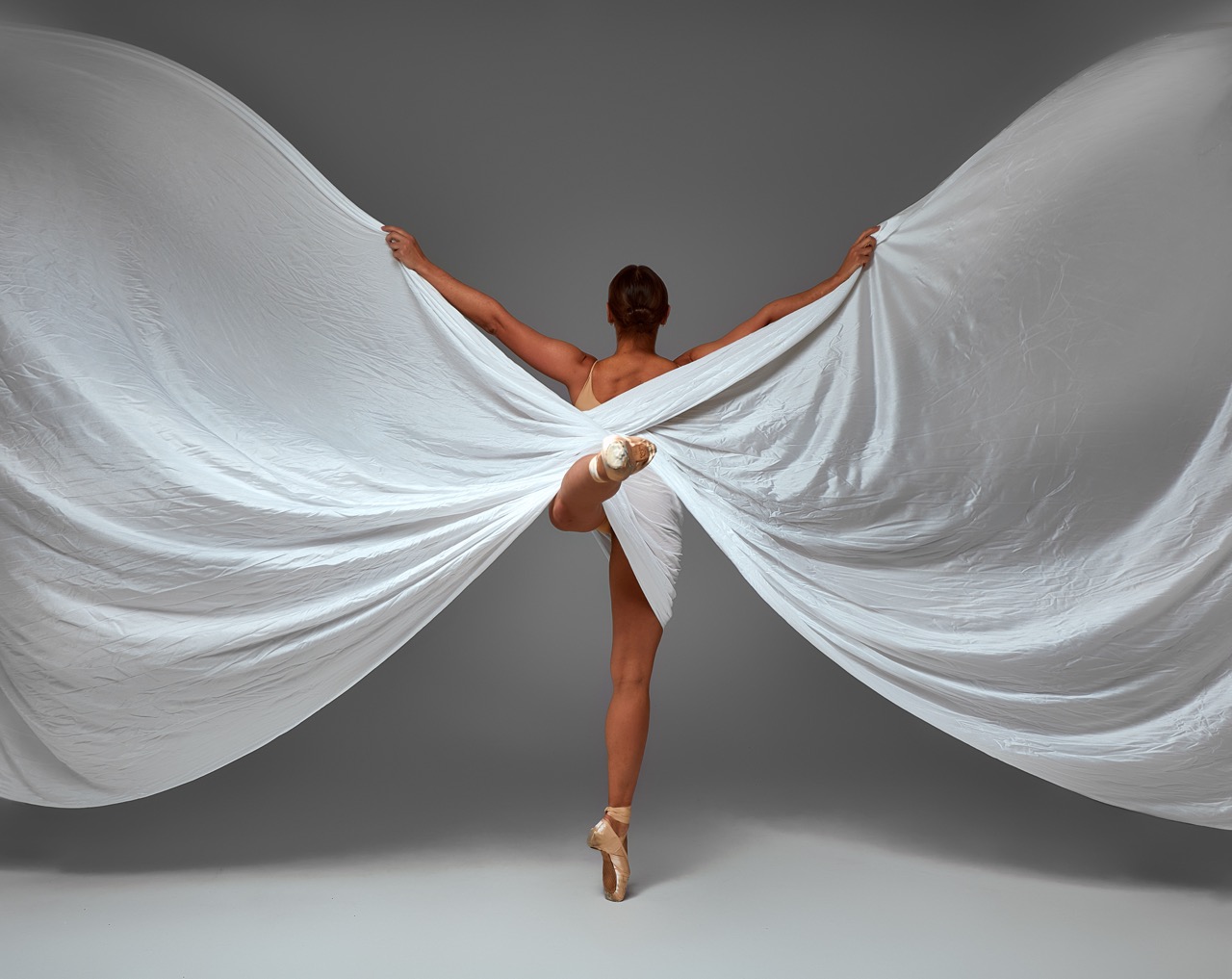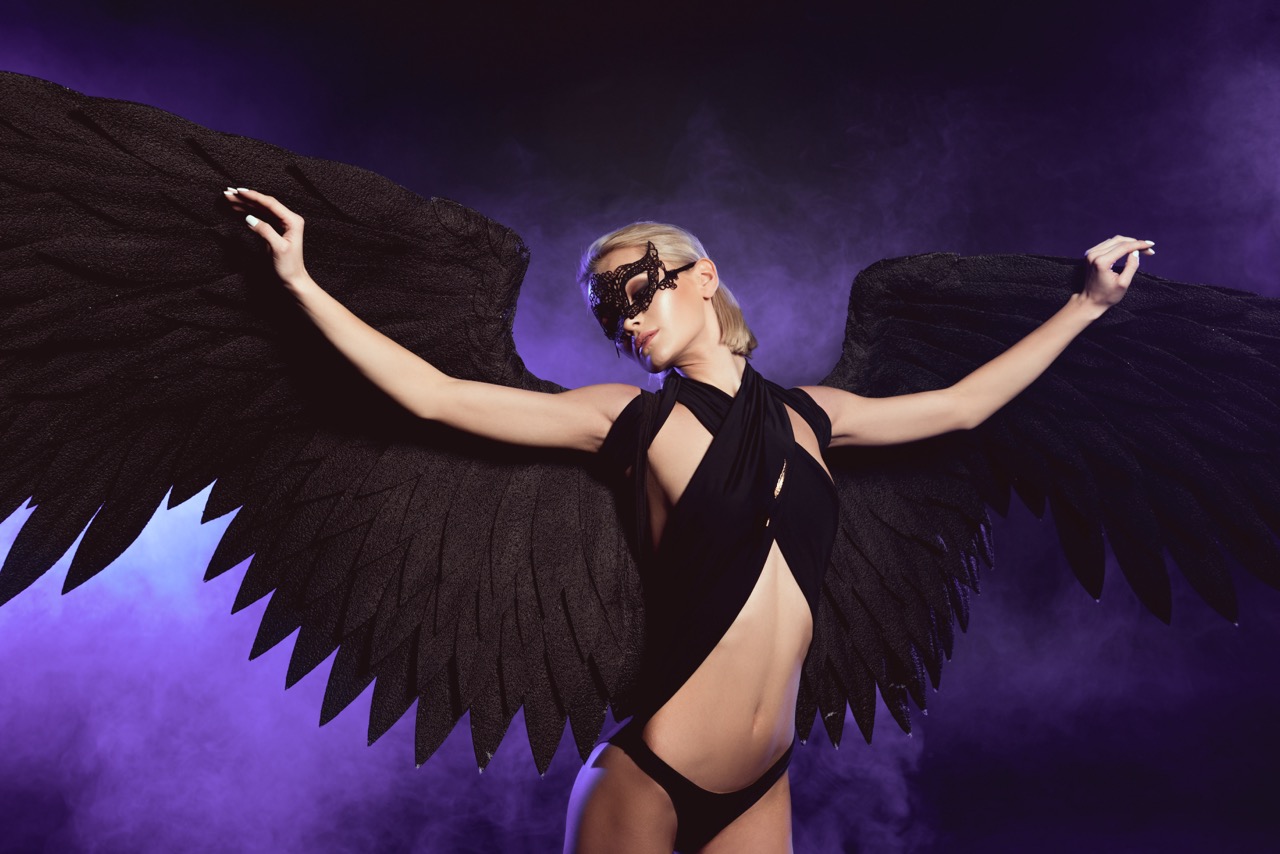Dance is a powerful form of expression, capable of transcending language and culture to convey deep emotions and narratives. Among the many tools dancers use to enhance their performances, dance wings stand out for their ability to transform movement into a visual spectacle. These flowing, ethereal extensions of the dancer’s body not only amplify physical expression but also serve as dynamic storytellers. In this article, we will explore how dance wings can be wielded to craft compelling narratives, evoke emotional responses, and create a captivating performance journey.
1. The Art of Expression: Dance Wings as Storytellers
Dance wings are more than just a beautiful accessory; they are an extension of the dancer’s identity and intention. When a dancer incorporates wings into their performance, the wings become a narrative element that can express themes of freedom, struggle, transformation, and connection. The very act of moving with such flowing fabric allows for a dialogue between the dancer and the audience, inviting viewers to interpret the story being told through both movement and visual aesthetics.
The symbolism of dance wings can vary greatly, depending on the style of dance and the story being conveyed. For example, in a contemporary setting, wings may represent the burden of expectations or the desire to escape. In contrast, traditional dance styles may use wings to symbolize elegance, grace, or even the divine. As dancers manipulate the fabric and their movements, they create a unique storytelling experience that resonates with audiences on multiple levels, prompting them to engage with the performance in a personal way.
Moreover, the versatility of dance wings allows for an array of interpretations, making them a potent tool for storytelling. Whether they are sweeping across the stage like waves or fluttering delicately in the air, the movements of the wings can mirror the emotional state of the dancer, reinforcing the narrative being presented. This interplay between the dancer and their wings creates a multi-dimensional storytelling experience that captivates and moves an audience.
2. Crafting Narratives: Movement and Fabric in Harmony
The relationship between a dancer’s movements and their wings is a delicate dance in itself. Each gesture and motion is amplified by the accompanying fabric, creating a visual harmony that enhances the storytelling aspect of the performance. When a dancer spins or leaps, the wings respond, echoing the fluidity of their movements. This synergy transforms simple choreography into a rich tapestry of visual storytelling, where each element contributes to the overall narrative arc.
In crafting a narrative, dancers often choreograph specific movements that correspond with their wings to emphasize key moments of the story. For instance, a slow, sweeping motion may signify a moment of introspection or longing, while a sudden burst of energy might represent a climactic point of conflict or triumph. The wings catch the light and create shapes that resonate with the emotions being portrayed, enriching the audience’s understanding of the narrative and inviting them to immerse themselves in the experience.
Additionally, the colors and textures of the dance wings can add another layer to the storytelling process. Different fabrics can evoke various feelings and atmospheres—silk wings might suggest ethereal beauty, while heavier materials could symbolize weight and struggle. By carefully selecting the design and movement of the wings, dancers can create a cohesive narrative that not only entertains but also provokes thought and introspection among their audience.
3. Evoking Emotion: How Dance Wings Enhance Storytelling
One of the most powerful aspects of dance is its ability to evoke emotion, and dance wings are a vital component in this emotional expression. The visual spectacle they create can resonate deeply within an audience, eliciting feelings that range from joy to sorrow. When a dancer interacts with their wings, the movement becomes more than just physical; it becomes an emotional experience, inviting the audience to connect with the story on a visceral level.
The contrasting dynamics of a dancer’s movement and the fluidity of the wings can evoke complex emotions. For example, a sudden, sharp movement paired with the graceful sway of the wings might create a sense of tension or conflict within the narrative. Conversely, soft, flowing movements accompanied by gentle wing motions can inspire feelings of peace and hope. This emotional dichotomy enriches the storytelling, pulling viewers into the narrative and allowing them to experience it from within.
Furthermore, the impact of dance wings extends beyond the immediate visual appeal. As the audience watches the dancer navigate their story, they are also encouraged to reflect on their personal experiences and emotions. This shared connection can transform a performance into a collective experience, where the dancer and the audience unite in the exploration of universal themes such as love, loss, and redemption. Dance wings become not just a tool for storytelling, but a bridge that connects the dancer’s journey to the audience’s own emotional landscape.
4. From Vision to Performance: Creating a Narrative Journey
The process of integrating dance wings into a performance is a journey in itself, requiring careful planning and creativity. Dancers often begin with a vision, conceptualizing the story they wish to tell and how the wings can enhance that narrative. This vision is then translated into choreography that includes specific movements and techniques designed to showcase the wings effectively. The rehearsal process becomes a critical phase, where dancers can explore the interplay between their movements and the wings, fine-tuning each element to ensure a cohesive narrative.
As the performance takes shape, the synergy between the dancer and the wings becomes increasingly apparent. The wings not only complement the movements but also contribute to the overall atmosphere of the piece. Lighting, music, and staging work in tandem with the wings to create a rich sensory experience that captivates the audience. Each performance becomes a unique interpretation of the narrative, shaped by the energy of the dancers and the response of the viewers.
Ultimately, the journey from vision to performance culminates in a live presentation that weaves together movement, emotion, and storytelling. The dance wings serve as a powerful storytelling device, enriching the narrative and heightening the emotional impact on the audience. As dancers take the stage, they invite viewers to join them on a journey, using their wings to elevate the story and create a memorable experience that lingers long after the final bow.
In conclusion, dance wings are an invaluable tool in the art of storytelling through movement. They enhance the emotional depth of performances, create visual narratives, and invite audiences to engage with the dancer’s journey on a personal level. By carefully crafting choreography in harmony with the wings, dancers can transform simple movements into profound narratives that resonate with viewers, proving that the magic of dance lies not just in the steps, but in the stories we tell through every graceful sweep of fabric and every heartfelt movement.

